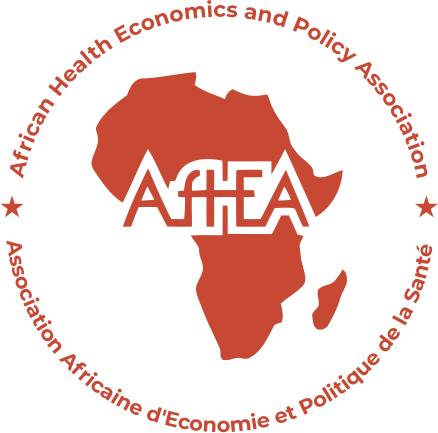Research for Universal Health Coverage
| Title | Research for Universal Health Coverage |
| Year | 2013 |
| Author | C. Dye, J. C. Reeder and R. F. Terry |
| DOI | 10.1126/scitranslmed.3006971 |
| URL | http://stm.sciencemag.org/content/5/199/199ed13.short |
| Journal | Science Translational Medicine |
| Document Type | Journal Article |
| Document Availability | Full Text |
| Classification | Policy |
| Abstract | Everyone should have access to the health services they need without risk of financial ruin or impoverishment. That is the essence of universal health coverage. In 2005, all member states of the World Health Organization (WHO) made a commitment to achieve that goal. The commitment was reaffirmed in 2012 through a resolution of the United Nations General Assembly (www.un.org/en/ga/67/resolutions.shtml) promoting universal health coverage, including comprehensive primary health care, social protection, and sustainable financing. The 2012 resolution highlights the importance of universal health coverage in reaching the Millennium Development Goals, in alleviating poverty, and in achieving sustainable development. It recognizes that health depends not only on having access to medical services and a means of paying for these services but also on understanding the links between social factors, the environment, natural disasters, and health. Universal health coverage is central to the question of how health should be represented in the new development agenda that will succeed the Millennium Development Goals in 2015. Despite the multinational commitment to achieving universal health coverage, it remains unclear exactly how the two principal components—access to high-quality health services and financial risk protection—can be provided to all people in all settings. For instance, despite the existence of affordable and safe antiretroviral treatments for HIV/AIDS, there are many obstacles to negotiate before getting these treatments to the 5 million HIV-positive people who need them. Likewise, a variety of approaches to health financing have been tried and tested, but there are still no guaranteed remedies for the catastrophic health payments incurred by 150 million people worldwide each year. |
